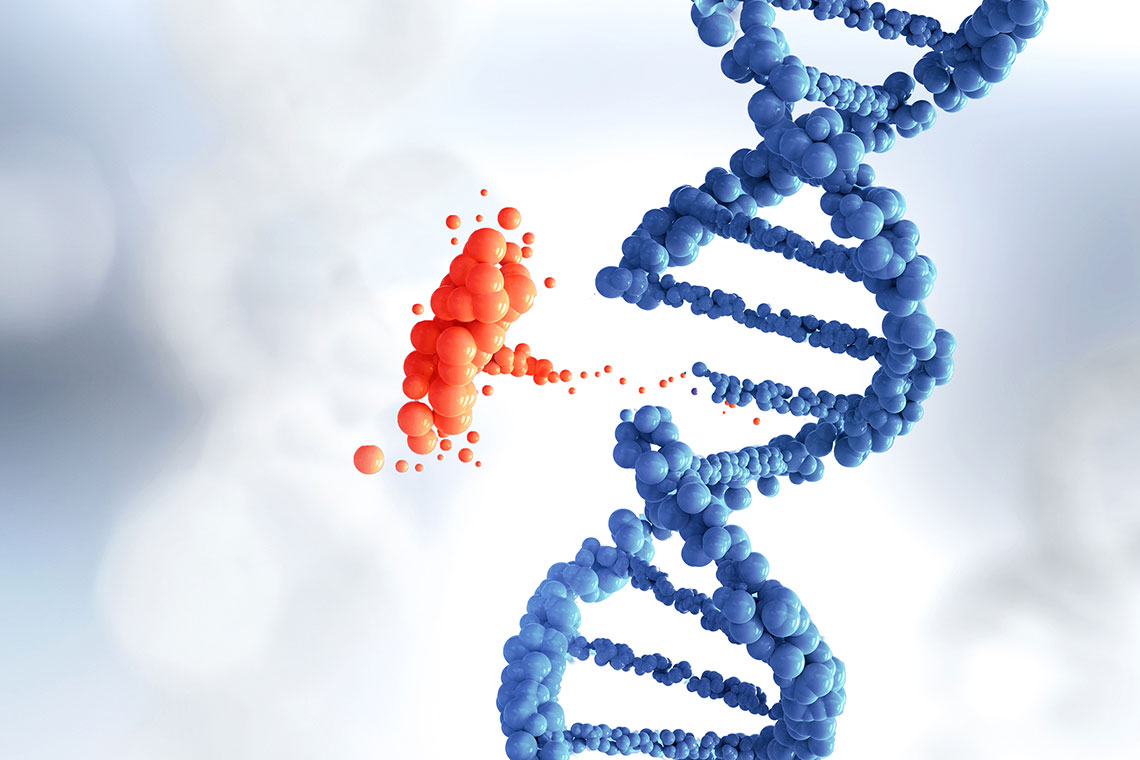What are the symptoms of Pelizaeus-Merzbacher disease?
Pelizaeus-Merzbacher disease (PMD) is a rare genetic disorder that affects the nervous system, specifically the development and maintenance of myelin, which insulates nerve fibers. Symptoms of PMD can vary widely but typically include:
- Neurological Symptoms:
- Delayed developmental milestones (e.g., motor skills, speech)
- Lack of coordination and balance (ataxia)
- Muscle stiffness or spasticity
- Tremors or involuntary movements
- Cognitive Impairment:
- Intellectual disability or developmental delay
- Difficulty with learning and problem-solving
- Vision and Hearing Issues:
- Optic atrophy (damage to the optic nerve, leading to vision problems)
- Strabismus (crossed eyes)
- Hearing loss
- Behavioral Issues:
- Increased irritability or behavioral challenges
- Autism spectrum features in some individuals
- Other Symptoms:
- Seizures (in some cases)
- Abnormalities in muscle tone, such as hypotonia (reduced muscle tone) or hypertonia (increased muscle tone)
Conclusion
Symptoms of Pelizaeus-Merzbacher disease typically appear in infancy or early childhood, with a range of severity. If you suspect PMD or have concerns about neurological development, it’s essential to consult a healthcare professional for proper evaluation and management.
What are the causes of Pelizaeus-Merzbacher disease?
Pelizaeus-Merzbacher disease (PMD) is caused by mutations in the PLP1 gene, which is located on the X chromosome. This gene provides instructions for making a protein called proteolipid protein 1 (PLP1), essential for the formation and maintenance of myelin, the protective sheath around nerve fibers. Here are the primary causes of PMD:
- Genetic Mutations:
- Mutations in the PLP1 gene lead to the production of dysfunctional PLP1 protein or an insufficient amount of the protein, disrupting myelin formation.
- Most cases are inherited in an X-linked recessive pattern, meaning the disorder primarily affects males. Females can be carriers and may exhibit mild symptoms due to having one affected X chromosome.
- X-Linked Inheritance:
- Since males have only one X chromosome, a single mutation in the PLP1 gene can result in PMD. Females, having two X chromosomes, may be asymptomatic carriers or exhibit milder symptoms due to the presence of a normal copy of the gene.
- Sporadic Cases:
- In some instances, PMD can arise from spontaneous mutations that occur during the formation of egg or sperm cells, rather than being inherited from a parent.
Conclusion
PMD is primarily a genetic disorder caused by mutations in the PLP1 gene. Genetic counseling may be beneficial for affected families or those with a history of the disorder. If there are concerns about the risk of PMD or other genetic conditions, consulting a healthcare professional or genetic counselor can provide valuable information and guidance.
How is the diagnosis of Pelizaeus-Merzbacher disease made?
The diagnosis of Pelizaeus-Merzbacher disease (PMD) involves a combination of clinical evaluation, imaging studies, genetic testing, and other assessments. Here are the key steps in the diagnostic process:
Diagnosis of Pelizaeus-Merzbacher Disease
- Clinical Evaluation:
- A healthcare provider will conduct a thorough assessment of the patient’s medical history and symptoms, focusing on developmental milestones, motor skills, coordination, and any neurological signs.
- Neurological Examination:
- A detailed neurological exam will help identify specific signs of myelin dysfunction, such as muscle weakness, spasticity, or tremors.
- Imaging Studies:
- Magnetic Resonance Imaging (MRI): An MRI of the brain may reveal characteristic patterns of myelin loss, such as abnormalities in the white matter.
- Genetic Testing:
- Genetic testing can confirm the diagnosis by identifying mutations in the PLP1 gene. This is crucial for a definitive diagnosis and can also provide information about the inheritance pattern.
- Electrophysiological Studies:
- Nerve conduction studies and evoked potentials may be performed to assess the electrical activity of the nerves and the integrity of myelin.
- Family History:
- Evaluating family history is important, as PMD is often inherited in an X-linked manner. This can help determine if there is a genetic predisposition.
Conclusion
The diagnosis of Pelizaeus-Merzbacher disease typically involves a multidisciplinary approach, including clinical assessment, imaging, and genetic testing. Early diagnosis is important for management and support, so if there are concerns about PMD, it’s essential to consult a healthcare professional experienced in neurological disorders.
What is the treatment for Pelizaeus-Merzbacher disease?
Currently, there is no cure for Pelizaeus-Merzbacher disease (PMD), and treatment primarily focuses on managing symptoms and improving the quality of life for affected individuals. Here are the main approaches to treatment:
Treatment for Pelizaeus-Merzbacher Disease
- Symptomatic Management:
- Physical Therapy: Helps improve mobility, strength, and coordination. Tailored exercises can enhance function and reduce muscle stiffness.
- Occupational Therapy: Focuses on improving daily living skills and promoting independence. Occupational therapists can recommend adaptive devices to assist with daily tasks.
- Speech Therapy: Beneficial for those experiencing speech and communication difficulties. Speech therapists can work on improving articulation and communication skills.
- Medications:
- Antispasticity Agents: Medications such as baclofen or tizanidine may be prescribed to help reduce muscle spasticity and improve mobility.
- Pain Management: Analgesics may be used to manage pain associated with muscle stiffness or spasticity.
- Antiepileptic Drugs: If seizures occur, antiepileptic medications can be prescribed to help control them.
- Psychosocial Support:
- Counseling and Support Groups: Providing emotional support for both individuals and families can be beneficial. Support groups offer a platform for sharing experiences and coping strategies.
- Regular Monitoring:
- Regular follow-up with healthcare providers is essential to monitor progression and adjust treatment plans as necessary.
Conclusion
While there is no definitive treatment to halt or reverse Pelizaeus-Merzbacher disease, a multidisciplinary approach can help manage symptoms and improve the quality of life. Early intervention and supportive therapies play a crucial role in helping affected individuals maintain independence and function. If you have concerns about PMD or its management, consulting a healthcare professional is essential for tailored care.

Leave a Reply
You must be logged in to post a comment.